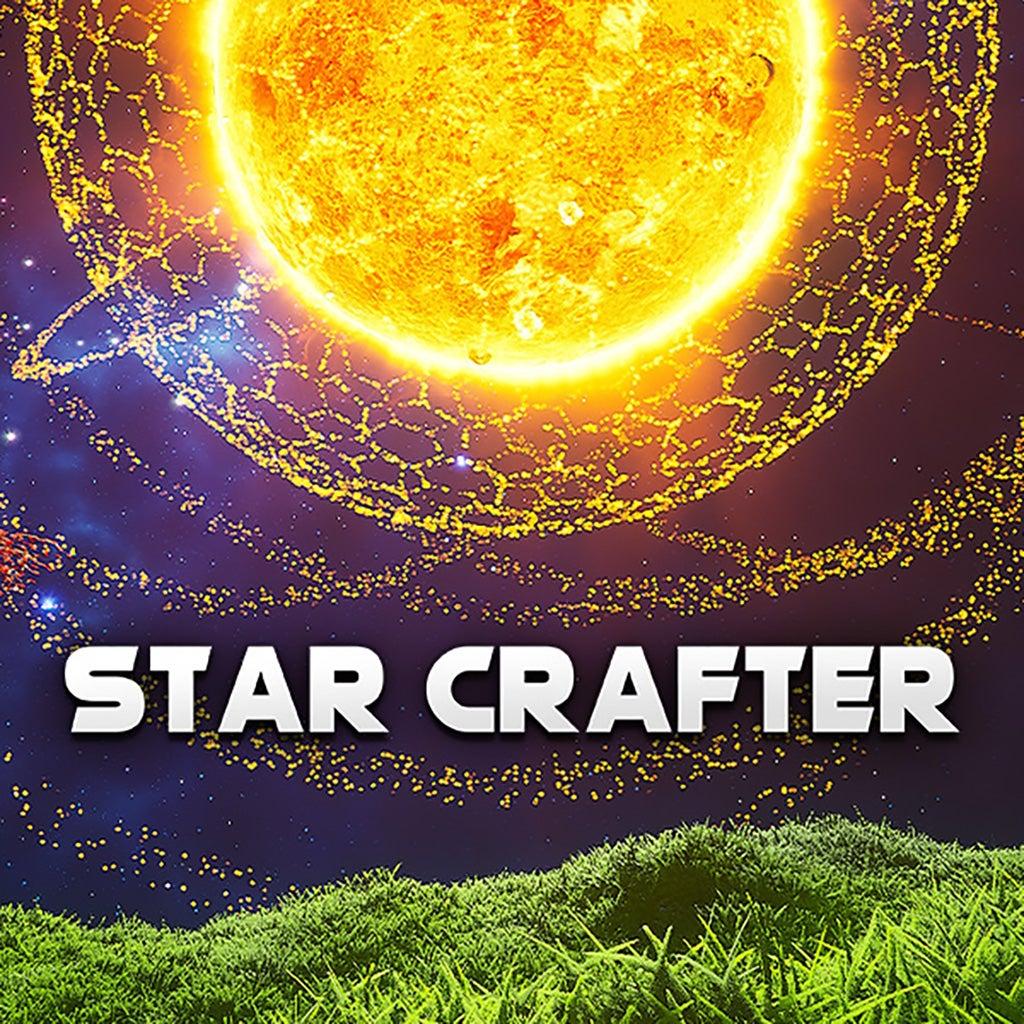Does This Indie Star-Builder Shoot For The Stars Or Just Miss The Launch Pad?
Introduction
The burgeoning genre of survival crafting has seen countless entries, but rarely do we encounter one that sets its sights quite as high as Star Crafter. It promises an expansive journey beyond the typical planet-bound sandbox. It dares players to not merely survive on a world, but to create the very star system they inhabit. Is the experience of building Dyson Rings and entire celestial bodies a compelling vision of a star-spanning future, or is this ambitious indie simulation simply too complex for its own good? Read on to find out!
The Cosmos: A Story of Creation and Progress

In Star Crafter, the narrative is entirely player-driven, intrinsically linked to the central gameplay loop. As a space survival crafting game, your story is the evolution of your star system. Unlike many genre stablemates, this is not just about personal survival; it’s about galactic-scale engineering. You begin in a nascent system and must craft rockets and launchers to physically create entire planets, moons, Dyson Rings, and eventually a Dyson Sphere. This progression isn’t just cosmetic; it changes the view of the star system as you play, offering a constant, visual reward for your efforts, which is really quite impressive. The core objective is progression through increasing technological complexity, from basic mining to terraforming and fusion power.
Forging Celestial Bodies and Powering the Grid

The mechanics are the backbone of Star Crafter. At the heart of Star Crafter is an intricate crafting system where players utilise a mining laser to gather resources both on the surface and deep underground of various celestial bodies. These raw resources are then processed into advanced materials using a host of specialised workstations, including smelters, fabricators, and extractors. Base building is key, requiring careful layout and the vital management of an electricity grid. You must expand this grid by constructing multiple energy generators to power your ever-growing network of machines.

Furthermore, terraforming mechanics are incorporated, allowing players to manipulate the terrain to create suitable spaces for their expansive bases and automated systems. A major part of the late-game mechanics is the crafting of the Star Creation Rocket, Random Planet Creation Rocket, and four Space Station Platforms, which, along with the Fusion Reactor that doubles the world’s crafting speed, constitute the ‘New Stars End Game Update’.
A Constellation of Visuals and Sound

The graphics in Star Crafter are unique, consistent, and look very pleasant throughout. They are indeed integral to the core appeal, as the evolution of your system is expected to be a visually stunning process. The game uses the Unreal Engine, and the core premise is that the star system evolves into “visually stunning, ever-changing views” as you craft new planets and celestial megastructures like Dyson Rings. Visually, the core experience is the satisfaction of seeing your projects manifest on a grand, cosmic scale. In terms of audio, unfortunately, there is some inconsistency in the soundscape quality, with some sounds sounding highly realistic, and others very dull by comparison.
Infinite Horizon of Possibility

The replay value of a sandbox game like Star Craft is inherently high due to its focus on open-ended creation, offering limitless creativity. The finality of creating a Dyson Sphere or a new star could be seen as an endpoint, yet the continuous evolution of the star system and the sheer number of crafting and building options means players can continually refine and automate their perfect cosmic factory.
Conclusion
Star Crafter offers a genuinely fresh perspective on the survival crafting genre, shifting the scale from a lone survivor to a cosmic architect. The sheer ambition of crafting entire planets and megastructures is realised through intricate crafting and resource management systems. While the lack of combat and an unpolished soundscape may not appeal to every player, the core loop of mining, crafting, and watching your own star system evolve is profoundly rewarding for those who enjoy vast, non-combative simulation. Overall, Star Craft is a decent attempt at a celestial survival game and is definitely worth a look!
Pros
- You get to build and shape an entire star system.
- Deep crafting, base-building, and automation mechanics.
- High visual reward as the star system evolves.
Cons
- Lack of combat may deter some players.
- Inconsistent sound effects.
- Solely a single-player experience with no multiplayer option.


